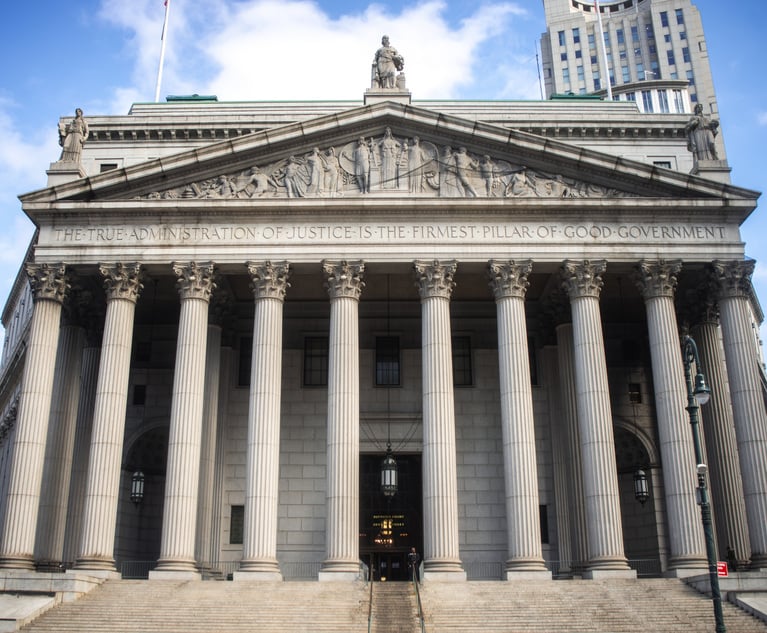Criminal justice reform is a big topic. It involves issues like mass incarceration (2.3 million people were incarcerated in U.S. in 2018) and systemic racism (African-Americans are incarcerated at more than five times the rate of whites) — concepts so weighty and deeply rooted in history it’s sometimes difficult to get your head around.
But what does criminal justice reform look like at close range? From the point of view of the local courthouse, where attorneys, judges, clerks and paralegals come every day to argue, deliberate and make a living?








